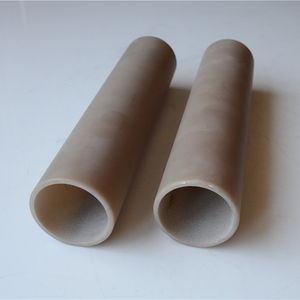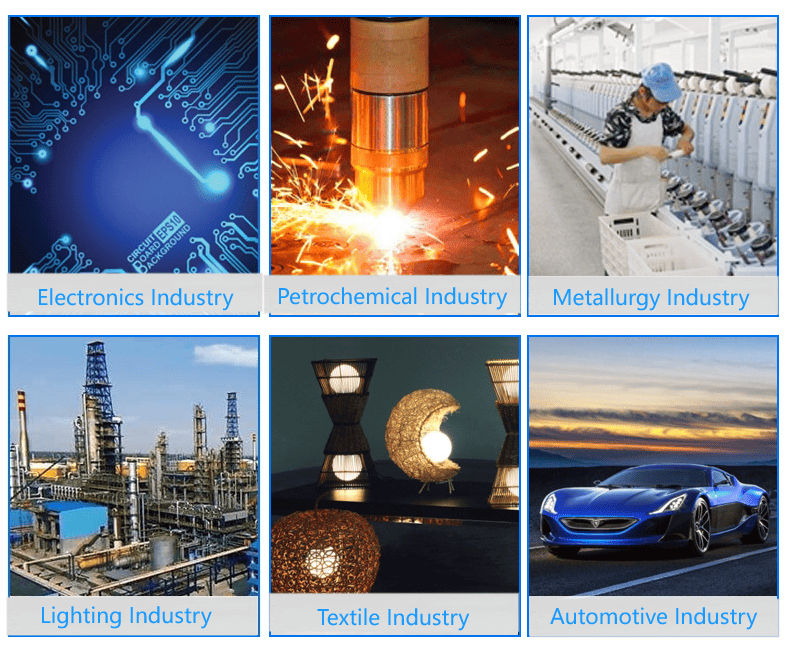Discover Premium Ceramic Products | Durability & Elegance United | Advanced Ceramics
PRODUCT PARAMETERS
Description
Overview of aluminum nitride ceramics
Aluminum Nitride Ceramic is an advanced ceramic material with aluminum nitride as the main component. It has been widely used in electronics, optics, and mechanics due to its unique properties.
Features of aluminum nitride ceramics
High thermal conductivity: Aluminum nitride ceramics have relatively high thermal conductivity, usually between 170-260 W/m·K, which makes it an excellent heat dissipation material. It is especially suitable for electronic devices that require efficient heat dissipation, such as substrate materials for power semiconductor devices.
Good electrical insulation: Despite its high thermal conductivity, aluminum nitride ceramics are excellent insulators of electricity, which can effectively prevent current leakage and ensure the safe operation of electronic components.
Low dielectric constant and dielectric loss: These characteristics make aluminum nitride ceramics very suitable for use in high-frequency circuits because it can reduce energy loss during signal transmission.
High temperature resistance: Aluminum nitride ceramics can maintain structural stability and strength at extremely high temperatures. Its melting point is about 2800°C, so it is suitable for applications in high temperature environments.
Low thermal expansion coefficient: Compared with semiconductor materials such as silicon, aluminum nitride has a lower thermal expansion coefficient, which means it has better dimensional stability when the temperature changes, which helps improve packaging reliability.
Corrosion resistance: Aluminum nitride ceramics have good chemical stability to most molten metals and are not easily oxidized or corroded, allowing them to perform well in harsh environments.
High mechanical strength: Although not as hard as some other types of ceramic materials, aluminum nitride ceramics still provide enough mechanical strength to allow them to be used in many structural applications.
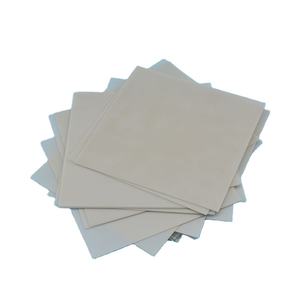
(High Thermal Conductivity Aluminium Nitride Ceramic Substrate AlN Ceramic Shim Chip Wafer Sheet)
Specifications of High Thermal Conductivity Aluminium Nitride Ceramic Substrate AlN Ceramic Shim Chip Wafer Sheet
High Thermal Conductivity Aluminium Nitride Ceramic Substrate (AlN Ceramic Shim Chip Wafer Sheet) is created for innovative electronic applications calling for efficient heat management. This material provides phenomenal thermal conductivity, typically between 170-230 W/m · K. It transfers warm effectively, making it excellent for high-power gadgets. The substrate makes sure stable efficiency in extreme temperatures, operating reliably from -50 ° C to 600 ° C. Its reduced thermal development coefficient closely matches silicon, reducing stress in semiconductor product packaging.
Electric insulation is an essential attribute. The material gives high dielectric toughness, preventing current leak in circuits. It supports high-frequency applications due to reduced signal loss. Mechanical stamina is an additional benefit. AlN ceramic stands up to wear, deterioration, and contortion under heavy tons. It maintains structural stability in severe settings.
Surface area high quality is precision-controlled. The substratum has a smooth coating, important for thin-film circuits and bonding procedures. Requirement thickness varies from 0.25 mm to 3.0 mm. Personalized measurements are available for details requirements. The material is compatible with laser cutting and machining, allowing accurate shaping.
Applications include power components, LED lighting, RF elements, and auto electronic devices. It is utilized in warmth sinks, protecting boards, and circuit carriers. The substratum enhances device longevity by dissipating warm successfully. Its chemical stability stops reactions with acids, alkalis, or wetness.
AlN ceramic is environmentally friendly. It consists of no poisonous materials and fulfills RoHS criteria. The material is lightweight contrasted to steels like copper or aluminum. This decreases total system weight in small styles.
Custom coverings or metallization layers can be included. Options consist of gold, silver, or nickel plating for improved solderability. The substrate collaborates with straight bonding copper (DBC) or thin-film innovations. This versatility supports diverse manufacturing processes.
Handling requires standard ceramic safety measures. Avoid mechanical shocks during setup. Storage space should be in completely dry conditions to avoid dampness absorption. The product is packaged in anti-static materials to guarantee safe delivery.
High Thermal Conductivity Aluminium Nitride Porcelain Substrate combines performance with toughness. It resolves thermal obstacles in contemporary electronics. Designers rely upon it for important applications requiring reliability and performance.
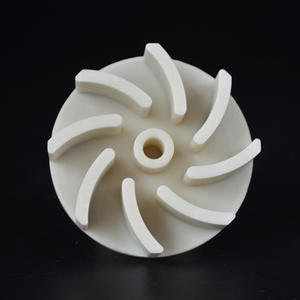
(High Thermal Conductivity Aluminium Nitride Ceramic Substrate AlN Ceramic Shim Chip Wafer Sheet)
Applications of High Thermal Conductivity Aluminium Nitride Ceramic Substrate AlN Ceramic Shim Chip Wafer Sheet
Aluminium Nitride (AlN) ceramic substratums have high thermal conductivity. This makes them perfect for taking care of warmth in innovative electronics. Electronic elements generate warm during procedure. Efficient heat dissipation is vital for efficiency and dependability. AlN substratums relocate warmth away from sensitive parts. They avoid overheating and extend tool life-span.
These substrates work well in LED lighting systems. High-power LEDs generate substantial warmth. Poor thermal administration decreases light outcome and sturdiness. AlN ceramic shims transfer warmth from LED chips to heat sinks. This maintains secure temperatures and improves efficiency.
Power electronic devices in electrical automobiles and renewable energy systems benefit from AlN. Devices like inverters and converters handle high currents. Excess heat can damage semiconductor parts. AlN wafers offer electric insulation while performing heat. This makes sure secure operation under demanding problems.
Superhigh frequency (RF) and microwave devices utilize AlN ceramic sheets. High-frequency circuits create heat promptly. Traditional materials deal with fast thermal changes. AlN keeps structural stability at heats. This minimizes signal loss and supports constant efficiency.
Laser diodes in telecoms and medical devices call for exact thermal control. Even small temperature level modifications affect wavelength accuracy. AlN chips use low thermal growth and high conductivity. They keep laser diodes at optimum temperatures for dependable output.
Automotive sensing units and aerospace systems deal with extreme environments. Elements should resist thermal stress and vibration. AlN substratums combine high toughness with excellent heat dissipation. They secure circuits in rough problems without adding weight.
Producers choose AlN for its compatibility with thin-film metallization. Circuits can be published straight onto the ceramic surface area. This simplifies setting up and reduces user interface resistance. Warm streams effectively from electronic layers to the substratum.
AlN porcelains are safe and chemically steady. They change materials like beryllium oxide in more secure applications. Industries prioritize employee safety and security and ecological policies. AlN satisfies these demands without compromising thermal performance.
Miniaturized electronic devices require compact options with high heat-handling capacity. AlN shims and wafers fit into tiny spaces while handling thermal loads. This supports the pattern towards smaller sized, much more effective gadgets throughout customer and commercial markets.
Company Introduction
Advanced Ceramics founded on October 17, 2014, is a high-tech enterprise committed to the research and development, production, processing, sales and technical services of ceramic relative materials and products.. Since its establishment in 2014, the company has been committed to providing customers with the best products and services, and has become a leader in the industry through continuous technological innovation and strict quality management.
Our products includes but not limited to Silicon carbide ceramic products, Boron Carbide Ceramic Products, Boron Nitride Ceramic Products, Silicon Carbide Ceramic Products, Silicon Nitride Ceramic Products, Zirconium Dioxide Ceramic Products, Quartz Products, etc. Please feel free to contact us.(nanotrun@yahoo.com)
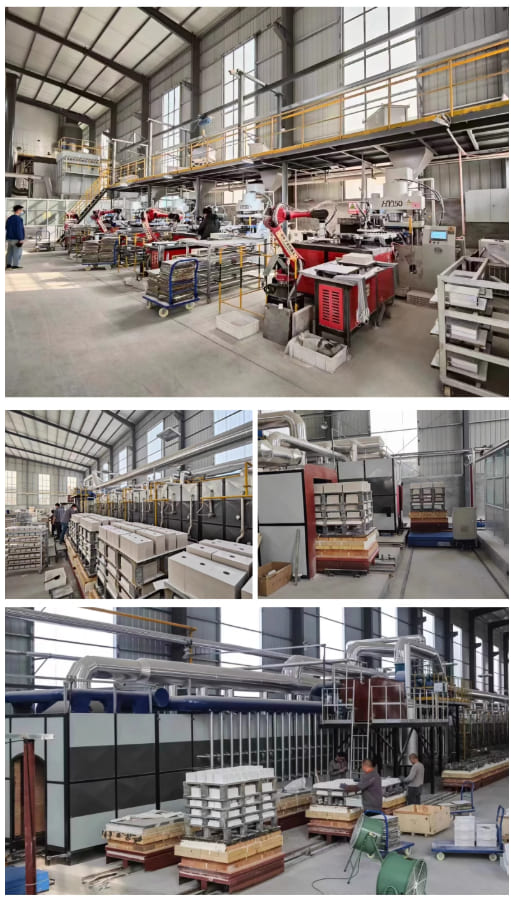
Payment Methods
T/T, Western Union, Paypal, Credit Card etc.
Shipment Methods
By air, by sea, by express, as customers request.
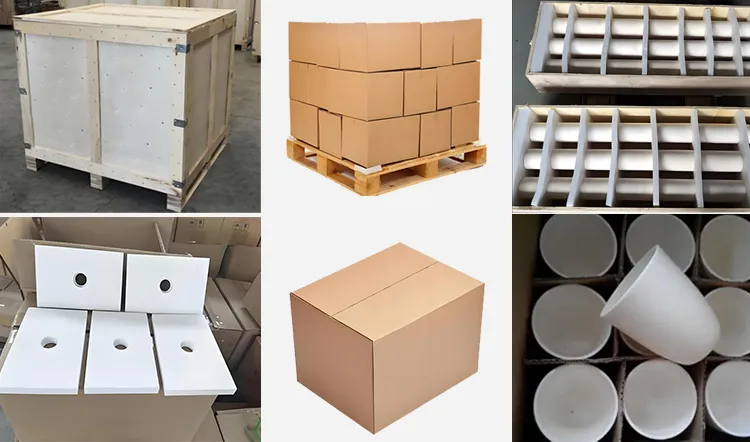
5 FAQs of High Thermal Conductivity Aluminium Nitride Ceramic Substrate AlN Ceramic Shim Chip Wafer Sheet
Aluminium Nitride (AlN) ceramic substrate is a material designed for efficient heat management in electronics. It transfers heat quickly while insulating electrically. This makes it ideal for high-power devices needing temperature control.
What makes AlN ceramic substrates different from alumina?
AlN conducts heat much better than alumina. Alumina’s thermal conductivity is around 30 W/mK. AlN reaches 170-220 W/mK. This difference helps devices run cooler. AlN also resists thermal shock better.
Where are AlN substrates typically used?
They are common in LED lighting, semiconductor modules, and power electronics. High-frequency communication devices use them too. These areas need materials that handle heat without breaking down.
Can AlN substrates be cut or shaped for custom designs?
Yes. AlN is machined into precise shapes using lasers or diamond tools. Custom sizes and thicknesses are possible. This flexibility suits specific project needs.
How should AlN substrates be handled to avoid damage?
Avoid dropping or applying sudden force. AlN is strong but can crack under impact. Clean surfaces with alcohol or mild solvents. Do not use abrasive materials. Store in dry conditions to prevent moisture absorption.
What factors affect the thermal performance of AlN substrates?
Material purity matters. Impurities lower conductivity. Surface smoothness ensures proper contact with heat sources. Operating temperature and environment also play roles. Extreme conditions may reduce efficiency over time.
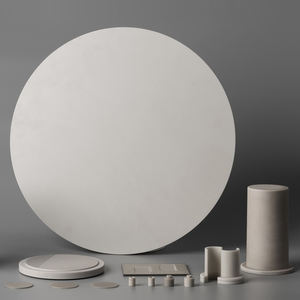
(High Thermal Conductivity Aluminium Nitride Ceramic Substrate AlN Ceramic Shim Chip Wafer Sheet)
REQUEST A QUOTE
RELATED PRODUCTS
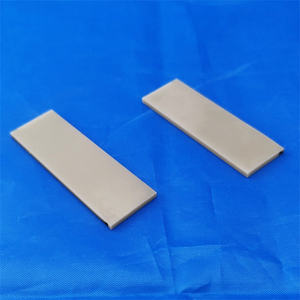
High Heat Conductivity AlN Aluminum Nitride Ceramic Sheet
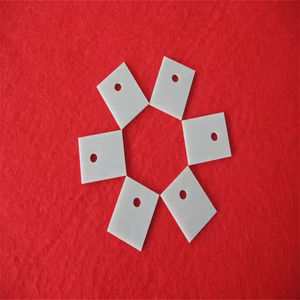
Premium Ceramics Product Ultrathin High Temperature Polished Aln Aluminum Nitride Ceramic Substrate Sheet
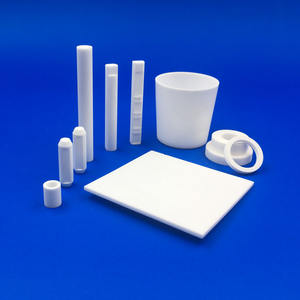
AlN Aluminium Nitride Ceramic Sheets / Substrate/plate for Semiconductor
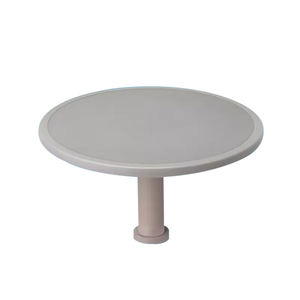
Aln Ceramics Aluminum Nitride Ceramic for Microwave Equipment Packaging
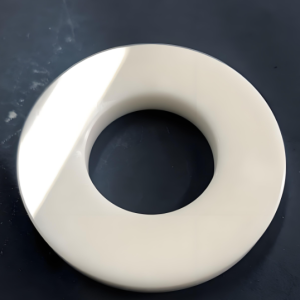
High Thermal Conductivity AlN Aluminum Nitride Ceramic Rings


